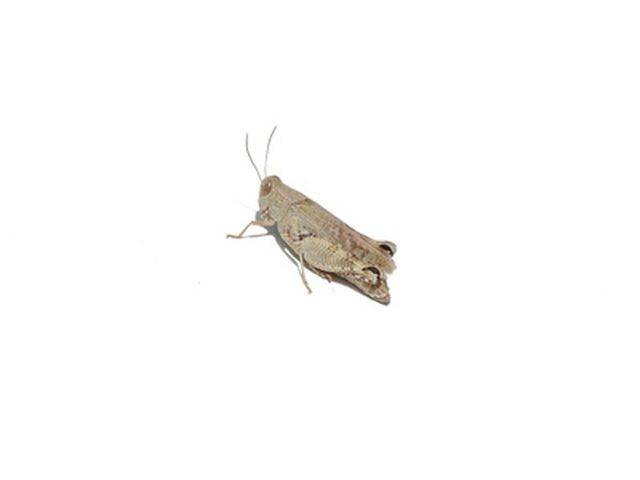Bulbs
Flower Basics
Flower Beds & Specialty Gardens
Flower Garden
Garden Furniture
Garden Gnomes
Garden Seeds
Garden Sheds
Garden Statues
Garden Tools & Supplies
Gardening Basics
Green & Organic
Groundcovers & Vines
Growing Annuals
Growing Basil
Growing Beans
Growing Berries
Growing Blueberries
Growing Cactus
Growing Corn
Growing Cotton
Growing Edibles
Growing Flowers
Growing Garlic
Growing Grapes
Growing Grass
Growing Herbs
Growing Jasmine
Growing Mint
Growing Mushrooms
Orchids
Growing Peanuts
Growing Perennials
Growing Plants
Growing Rosemary
Growing Roses
Growing Strawberries
Growing Sunflowers
Growing Thyme
Growing Tomatoes
Growing Tulips
Growing Vegetables
Herb Basics
Herb Garden
Indoor Growing
Landscaping Basics
Landscaping Patios
Landscaping Plants
Landscaping Shrubs
Landscaping Trees
Landscaping Walks & Pathways
Lawn Basics
Lawn Maintenance
Lawn Mowers
Lawn Ornaments
Lawn Planting
Lawn Tools
Outdoor Growing
Overall Landscape Planning
Pests, Weeds & Problems
Plant Basics
Rock Garden
Rose Garden
Shrubs
Soil
Specialty Gardens
Trees
Vegetable Garden
Yard Maintenance
How to Keep Grasshoppers Away From Tomato Plants
How to Keep Grasshoppers Away From Tomato Plants. Grasshoppers, found throughout North America, are a pest in the garden. Growing tomato plants is hard work but when grasshoppers begin to eat those plants, they can do so much damage that the tomatoes will die. The best times to take care of grasshoppers are while they are still small. If you wait...

Grasshoppers, found throughout North America, are a pest in the garden. Growing tomato plants is hard work but when grasshoppers begin to eat those plants, they can do so much damage that the tomatoes will die. The best times to take care of grasshoppers are while they are still small. If you wait until the grasshoppers are into their adult stage, it is almost impossible to keep them away from your tomato plants unless you go in there and catch them yourself.
Things You'll Need
Warm water
Bucket
Liquid dish soap
Garden sprayer
Insecticides
Floating row cover or metal mesh screen netting
Grasshoppers
Blender
Chickens
Bird feeder, birdbath or bird houses
Horehound, cilantro or calendula
Mix some insecticidal soap by putting 2 quarts of warm water into a bucket. Add 4 tbsp. of liquid dish soap. Mix and pour into a sprayer. Go to your tomato plants and spray the grasshoppers with this solution. Reapply every other day as needed.
Use insecticides on your tomato plants to control grasshoppers. Some come as a spray or as a dusting powder. Read and follow the label directions. Make sure it is for tomato plants before you use it.
Lay down floating row covers or use metal screening. Drape metal mesh netting over the tomato plants to help protect them from grasshoppers. If you use floating row covers, keep a watch on them because the grasshoppers can chew holes into the plastic.
Allow a strip of grass, to remain unmowed around the perimeter of your garden. This may help to keep the grasshoppers out of the garden.
Make some bait. Catch 24 or more grasshoppers and place them in a blender with about a quart of water. Blend the mixture together. Pour this into a spray bottle and leave it for two days. Then go out and spray the tomato plants with this mixture.
Allow chickens to roam around by the tomato garden and they will eat the grasshoppers. If you don't live on a farm, you can encourage other birds to stay around and eat. Put up some bird feeders, some birdbaths, or if you have a shady place, put up some birdhouses around your tomato garden area. Birds will eat the grasshoppers.
Combine tomato plants with other plants that repel grasshoppers. Some plants that help with this are horehound, cilantro and calendula.